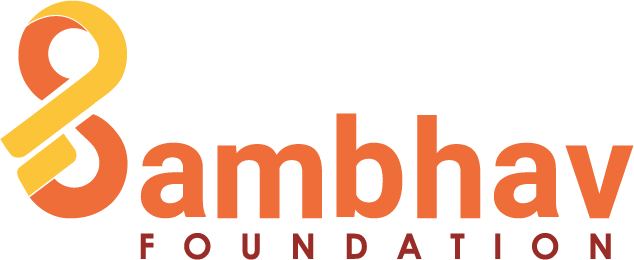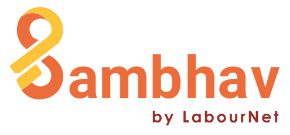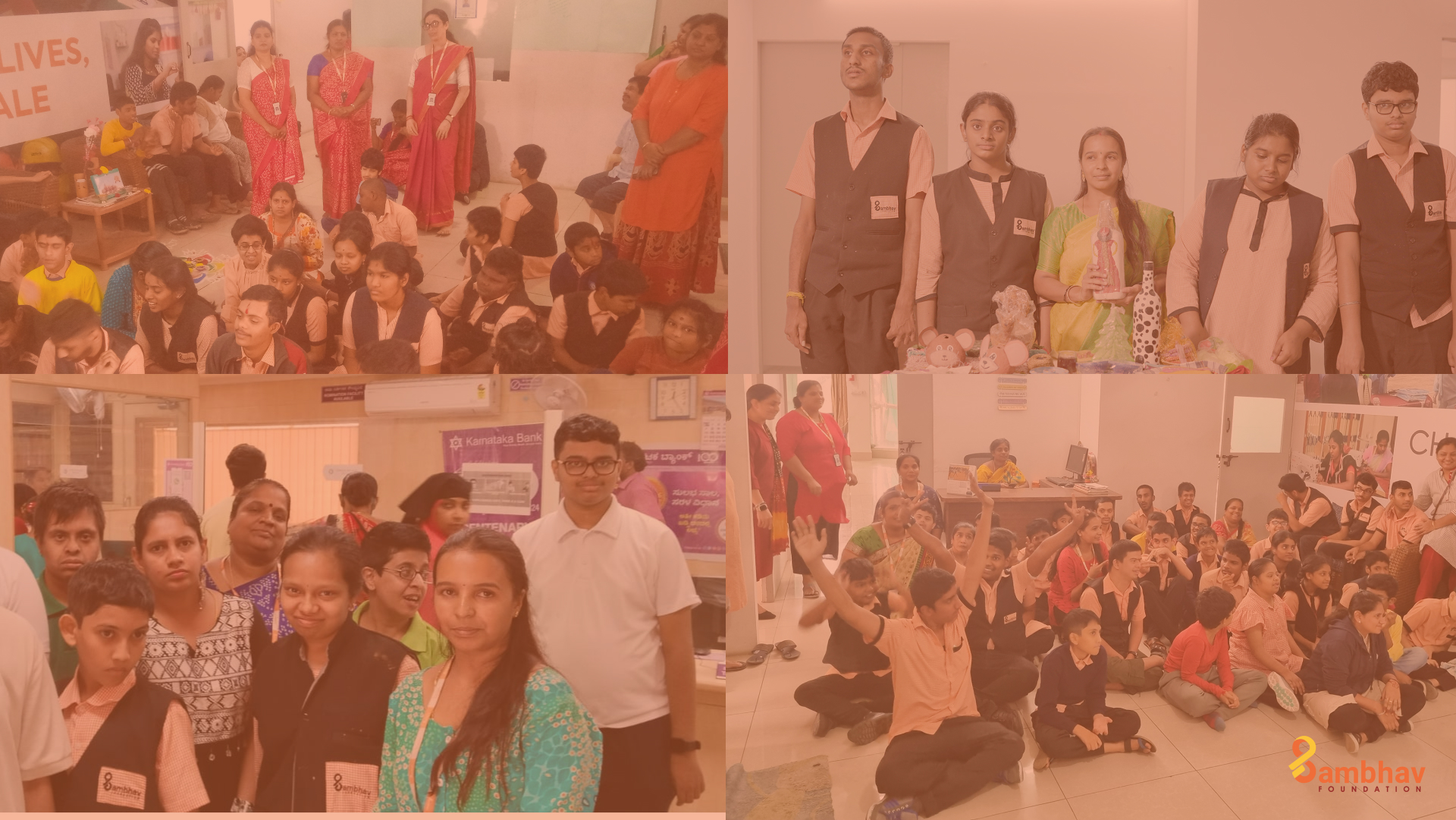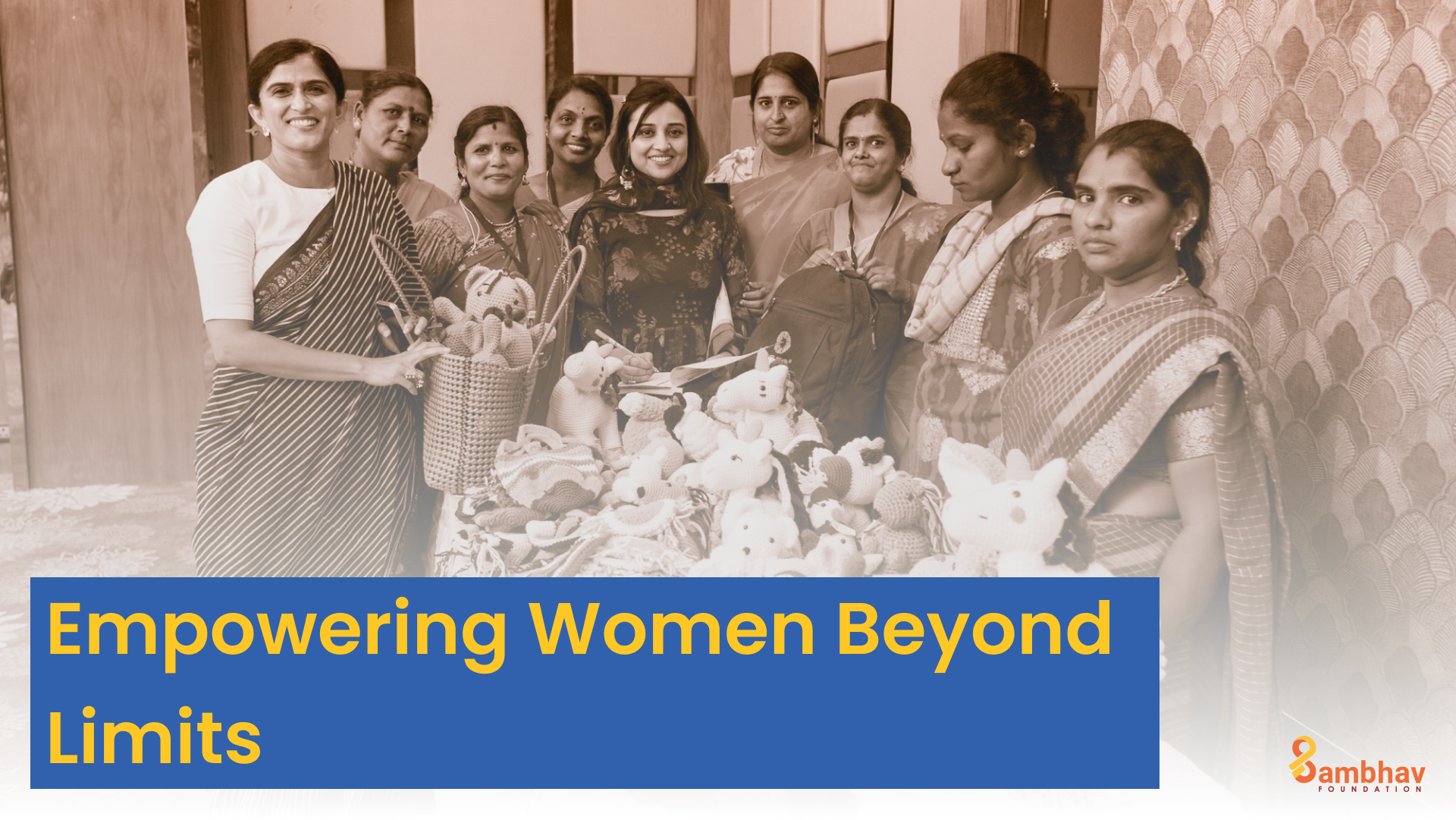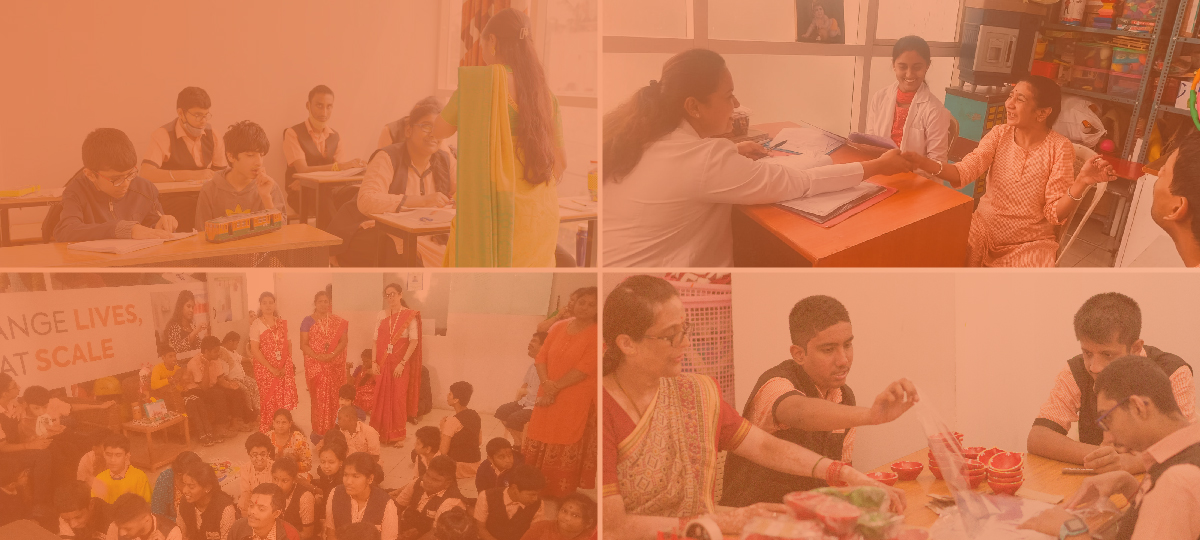Setting the Stage for Gender Equity
Welcome to an important conversation about creating equal opportunities in vocational fields, where everyone, regardless of their gender, has a fair chance to learn, grow, and succeed. The exploration into vocational training and skill development is unfolding, with a commitment to dismantling barriers and fostering a nurturing space for women. The emphasis is placed on illuminating the crucial role of women’s economic empowerment and the advantages brought forth by vocational courses tailored for women.
Throughout this blog, the readers will engage with uplifting narratives of triumph and receive practical methodologies to champion gender equity, all in preparation for a future in vocational careers marked by balance and inclusivity. Thus, the stage is set to delve into this transformative expedition, encouraging a collective effort to make a meaningful impact.
Assessing the Gender Dynamics in Vocational Sectors
Gender Disparities in Vocational Training
Despite progress in many areas, gender disparities in vocational training are still a significant issue, affecting women’s access to and participation in these critical skill development opportunities. Data shows that women are underrepresented in many vocational fields, particularly those related to science, technology, engineering, and mathematics (STEM). This is not just a local issue; it’s a global challenge that requires our immediate attention.
In numerous countries, societal and cultural norms play a significant role in shaping career choices, with vocational tracks often deemed more suitable for men. Women, on the other hand, are frequently encouraged to pursue careers in sectors deemed more ‘feminine,’ which unfortunately tend to be lower-paying. This gender bias not only limits women’s career options but also contributes to the wage gap between men and women.
Moreover, the lack of female role models and mentors in many vocational fields further widens the gap. Without adequate representation, women are less likely to envision themselves in these roles and more likely to face obstacles in their vocational journey. The situation is even more challenging for women of colour, who face additional layers of discrimination and bias.
Challenges and Barriers for Women
The challenges and barriers women face in vocational training and skill development are multifaceted and deeply rooted. One of the primary challenges is the pervasive gender stereotypes that dictate ‘appropriate’ careers for men and women. These stereotypes are not only harmful but also limit women’s access to lucrative vocational opportunities, creating a significant barrier to gender equity.
Access to training programs is another major hurdle. In many regions, women have limited access to quality education and training facilities. When combined with financial constraints and familial responsibilities, these factors make it exceedingly difficult for women to pursue vocational training.
Safety concerns also play a crucial role. Women in vocational training programs often report feeling unsafe, particularly when they are in the minority. Instances of harassment and discrimination are not uncommon, creating an unwelcoming environment that discourages women from pursuing and completing vocational courses.
Furthermore, the lack of support networks and mentoring opportunities means that women are often left to navigate these challenges on their own. Without the proper guidance and support, women may find it difficult to break into male-dominated fields, continuing the pattern of not being fairly represented.
Addressing these disparities and challenges is not just a matter of fairness; it’s a matter of economic necessity and social justice. By breaking down these barriers and creating a more inclusive environment, we can unlock the full potential of the workforce and pave the way for a more equitable future.
Blueprints for Achieving Gender Balance
Achieving gender equity is an intricate endeavour, demanding a multi-dimensional strategy. The elegance of a refined approach isn’t measured solely by its immediate outcomes but by its ripple effect in elevating communities. Gender equity isn’t a mere tokenistic term; it signifies a robust commitment to creating an environment where every individual, irrespective of gender, plays an active, contributory role in the socio-economic tapestry.
Pioneering Steps Towards Gender Equity
Gender equity is more than just an idea; it affects everyone, from individuals to entire communities. To achieve this balance, we need programs specifically designed for women. By focusing on areas like Menstrual Health and Entrepreneurship through Women-centred Projects, we can tackle the specific challenges women face while also unlocking their potential opportunities.
Blending tradition with technology has emerged as a winning strategy. In our journey of empowerment, we have managed to seamlessly integrate age-old wisdom with modern technological advancements. The Entrepreneurship Development Program (EDP) stands out in this regard. Here, technology platforms are employed to track business transactions while simultaneously nurturing traditional skill sets. This synthesis not only bridges the urban-rural divide but also prepares women for a digital future.
Another initiative worth highlighting is the drive to enhance women’s skills in sectors like beauty and tailoring. By learning tangible skills, these women not only secure employment but also significantly uplift their living standards. The focus is not just on imparting skills but ensuring that these skills translate into sustainable livelihoods.
Case Studies and Success Stories
The Entrepreneurship Development Program (EDP):
This initiative stands as a testament to the transformative power of strategic gender-focused programs. With a goal of empowering 200 individuals, the program overshot its target, empowering 207 individuals to kickstart their dream businesses. The most heartening aspect? A staggering 64% of beneficiaries are women.
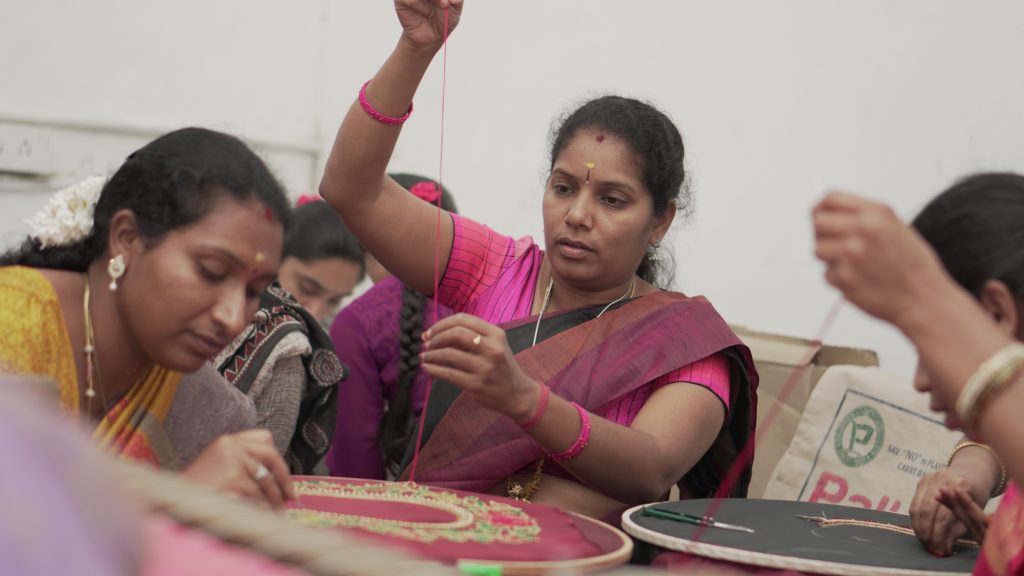
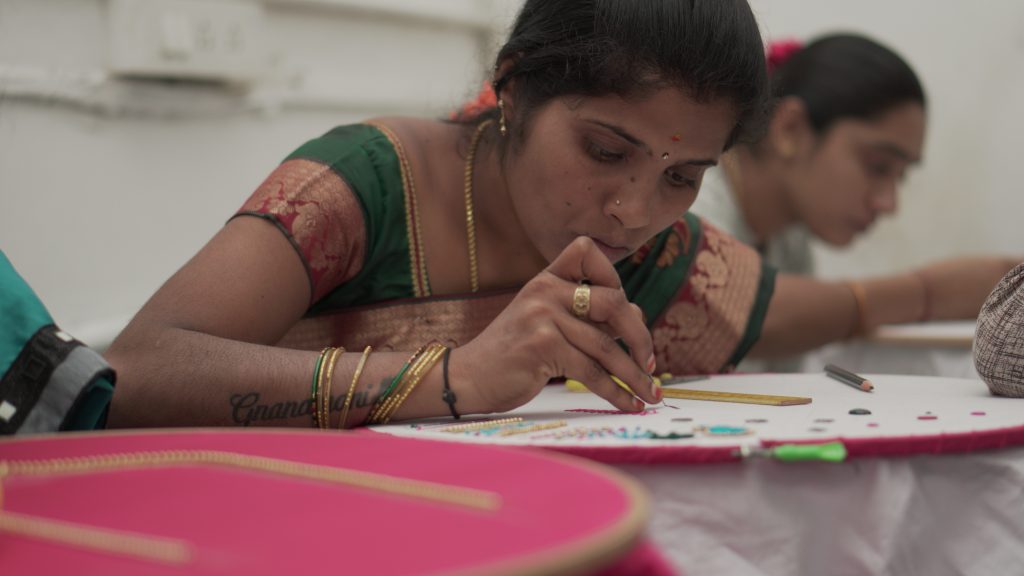
Digital Skills and Financial Literacy Program:
In an era driven by technology, 226 women spearheaded a movement. They enrolled in courses, acquired digital skills, and understood the nuances of financial literacy. The result? They didn’t just open businesses; they contributed significantly to the gender equity movement, showing that with the right tools, women can excel in traditionally male-dominated sectors.
Schaeffler Collaboration:
Perhaps one of the most poignant stories of empowerment is the collaboration with Schaeffler. This partnership was not just about employment—it was about transforming lives. Differently-abled women, often relegated to the fringes of society, were given a platform. Through foundational and advanced beauty therapy skills, these women weren’t just trained; they were prepared to thrive independently in the beauty and wellness sector. The initiative’s success story? Sixty remarkable women now have sustainable livelihoods, all thanks to a strategic approach focused on empowerment with purpose.
In conclusion, these case studies and success stories underscore the profound impact of strategic gender equity programs. By embracing unique capabilities, blending tradition with technology, and focusing on tangible skill development, gender equity isn’t just achievable—it’s a reality waiting to manifest.
Building Mentorship and Support Networks
Embarking on a vocational journey can be daunting, especially in fields where women are underrepresented. This is where the role of mentors becomes invaluable. Mentors act as guides, advisors, and champions for women navigating these paths, providing them with the knowledge, support, and encouragement they need to succeed.
Having a mentor means having someone who has walked the path before, ready to share their experiences, lessons learned, and strategies for overcoming challenges. This guidance is crucial in helping women build confidence in their abilities and resilience in the face of adversity. Mentors also help in expanding professional networks, and connecting mentees with opportunities and resources that can accelerate their careers.
Beyond the practical aspects, mentorship plays a vital role in breaking down feelings of isolation and building a sense of belonging. Knowing that there is someone invested in their success can make all the difference for women in the vocational sector, transforming their journey from one of uncertainty to one filled with potential and promise.
In essence, establishing strong mentorship and support networks is not just about providing guidance; it’s about empowering women to reach their full potential, fostering a sense of community, and contributing to the larger movement towards gender equity in vocational training and beyond.
Joining Hands for Inclusive Progress
The journey towards gender equality is not one that can be walked alone. It requires the confluence of various stakeholders coming together to create transformative change. Corporate Social Responsibility (CSR) heads and organisations play a crucial role in this journey. Their involvement can magnify the impact and drive systemic change.
How to Get Involved

CSR initiatives and organisations have an unparalleled opportunity to foster impactful change by partnering with entities that already have a proven track record. Here’s how:
- Focused Projects: CSR teams can fund specific initiatives like Women-centric Livelihood Initiatives, Menstrual Health programs, or Entrepreneurship drives, thereby directly contributing to gender empowerment.
- Skill Development: By funding and supporting skill development programs in sectors like beauty, tailoring, or IT, organisations can ensure women not only learn but also find sustainable employment opportunities.
- Tech Integration: As we transition to a digital world, supporting programs that blend tradition and technology, like the Entrepreneurship Development Program, can create a ripple effect.
- Collaborative Workshops: Hosting joint workshops or programs can aid in the exchange of knowledge and resources, ensuring maximum impact.
Sambhav Foundation’s Approach and Success Stories
Sambhav Foundation has consistently demonstrated its commitment to gender equity. Through its innovative blend of tradition and technology, it has managed to impact lives at the grassroots level. The Schaeffler Partnership stands as a testament to its effective approach. By focusing on differently-abled women and equipping them with beauty therapy skills, Sambhav ensured that these women found their rightful place in the beauty and wellness sector.
The success of the Entrepreneurship Development Program, where 207 individuals began their dream businesses, further underscores the foundation’s effectiveness. Especially when one considers that 64% of these beneficiaries are women. Such success stories highlight the transformative change possible when strategies are implemented effectively.
The Socio-Economic Impact of Gender Equity in Vocational Training
Achieving gender equity in vocational training is not just a win for women; it’s a win for everyone. When we empower women through education and skill development, we’re investing in a future that is more innovative, inclusive, and prosperous. In this section, we will delve into how fostering gender equity in vocational sectors translates to tangible benefits for the economy and society at large.
Economic Growth and Innovation: How Women’s Participation Drives Progress
When women are given equal opportunities in vocational training and skill development, they become powerful catalysts for economic growth. Their participation in the workforce brings diverse perspectives and approaches to problem-solving, driving innovation and creativity. Industries ranging from technology to manufacturing witness a surge in productivity and efficiency, as the influx of female talent challenges the status quo and introduces fresh ideas.
Women who have undergone vocational training contribute significantly to the labour market, filling skill gaps and boosting the economy. They are more likely to invest their income back into their families and communities, creating a virtuous cycle of development and prosperity. Furthermore, businesses that prioritise gender equity in their workforce are often more successful and competitive, as they tap into the full spectrum of talent available to them.
The empowerment of women through vocational courses for ladies and other skill development programs is, therefore, not just a moral imperative but an economic necessity. By embracing gender equity, we are paving the way for a future that is richer in innovation, productivity, and socio-economic well-being.
Strengthening Communities
The impact of empowering women through vocational training extends far beyond individual success stories. When women thrive, their families and communities flourish alongside them. Education and skills open doors to better employment opportunities, enabling women to contribute financially to their households and communities. This economic independence not only enhances their status within the family but also fosters a culture of education and ambition, influencing future generations.
In communities where women are empowered, we observe improved health outcomes, lower poverty rates, and enhanced quality of life. Women invest in the education of their children, ensuring that the benefits of their vocational training continue to ripple through time. They become role models and advocates for change, challenging societal norms and paving the way for future generations of women to follow in their footsteps.
Moreover, when women are equipped with skills and knowledge, they are better prepared to participate in community decision-making processes, leading to more balanced and equitable governance. They bring unique perspectives to the table, ensuring that the needs and concerns of all community members are considered.
In essence, empowering women through vocational training is a catalyst for positive change, creating stronger, more resilient communities and laying the groundwork for a future where gender equality is not just a goal but a reality.
Last Thoughts
Implementing gender equity strategies in the vocational sector has a multifaceted impact. It’s not just about individual empowerment; it’s about uplifting entire communities. Each success story, each woman empowered, creates a ripple effect, inspiring countless others. But the journey towards gender equity is an ongoing one. While strides have been made, the road ahead is long. Partnerships, collaborations, and collective efforts are essential to ensure that the impact is not just deep but also widespread.
Empowerment Awaits: Your Move, Your Impact
Join this transformative journey! Sambhav Foundation wants individuals like you to be a part of this mission towards achieving gender equity in vocational sectors. Your involvement, be it through partnerships, collaborations, or CSR initiatives, can amplify the change.
Let’s collaborate, innovate, and make a difference. Be the beacon that lights up someone’s world.
Click here to take action now!
